Note: This text was created with the help of AI.



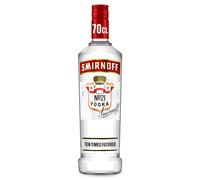
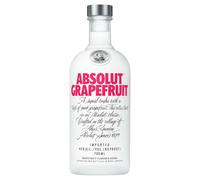


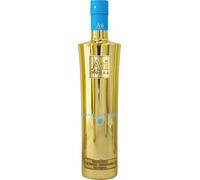
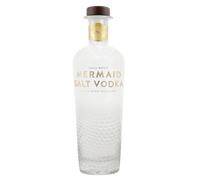
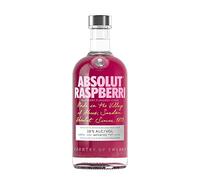
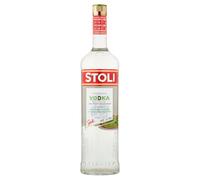
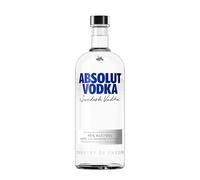

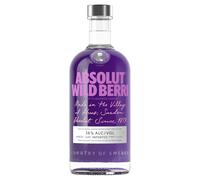

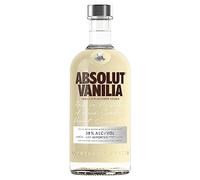



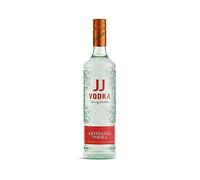


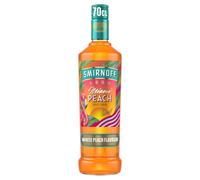
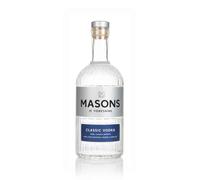


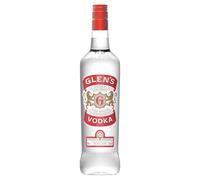
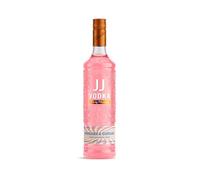



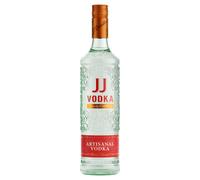


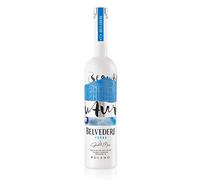

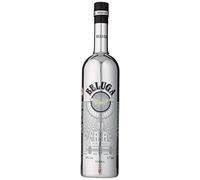
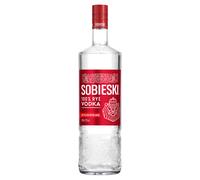
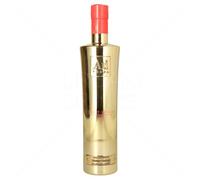

- 1
- 2
- 3
- 4
- 5
- next page
Exciting Offers on Vodka
The calorie value of vodka is based on its alcohol content. The higher the percentage, the more calories you consume. Since it is a distillate, the popular watery drink has no nutrients and consists mainly of alcohol and water.
Calorie values per 100 millilitres of vodka:
| Percent alcohol | Gram alcohol | Calories per 100 ml |
| 37.5 | 30 | 213 |
| 40 | 32 | 227 |
| 50 | 40 | 284 |
Example: A 40-milliliter shot glass filled with 37.5 percent vodka has 12 grams of alcohol and 85 calories.
Vodka and Korn differ, among other things, in the distillation of the vodka, which causes a neutralization of the taste. Korn is also subject to the German purity law and is made exclusively from grains grown in Germany, such as wheat, rye, barley, buckwheat or oats.
Vodka uses potatoes, grain or molasses (sugar syrup) as the most common raw materials, but can also be made from other substances of agricultural origin.
Any vodka is suitable for the preparation of cocktails. You can save money by avoiding expensive products, as the neutral taste of the spirit will fade into the background when mixed. It's better to avoid very cheap vodkas made from molasses, as they often contain bad flavors and can have fusel alcohols that give you a headache.
Even if the taste isn't dominant, adding a shot of vodka will give your cocktail a certain aroma and enhance other alcoholic additions.
Popular mixes with vodka are vodka orange and vodka lemon - vodka, mixed with orange juice (freshly pressed with a juice presser) or bitter lemon. It can also be mixed with cola. Famous cocktails including vodka are Bloody Mary (vodka mixed with tomato juice, among other things), Cosmopolitan (vodka mixed with triple sec liqueur and juices) and Mojito (vodka mixed with sugar syrup and mint leaves).
Mixing vodka with energy drinks leads to a double burden on the body. Therefore, experts advise against mixing the two stimulants.
Energy drinks can cause cardiovascular problems, seizures, and kidney failure if overconsumption occurs. This risk is especially high in people who have a history of similar symptoms.
When combined with alcohol, there is a risk of further physical harm. For one thing, the alcohol-energy blends mask the effects of the alcohol, so that although you feel fit and sober, in reality you are not. Furthermore, there is a risk of cardiac arrhythmia, high blood pressure and dehydration, i.e. dehydration of the body.
Black vodka is a blend of the typical transparent vodka with an additional ingredient. Dark colorants and often flavors of black currant or other fruits are used for this purpose.
A black vodka is therefore not pure vodka, but a mixed spirit, which is called a liqueur by some manufacturers. This also results in the lower alcohol content compared to unblended vodka. An example of black vodka is Pushkin Black Sun.
Pay close attention to the description before buying a black vodka. Just because a bottle is black does not mean it is a black vodka. For example, Absolut Vodka 100 and Three Sixty Black Vodka present themselves in a black bottle, but are pure vodka with increased alcohol content.
Black vodka is best enjoyed as cold as possible, either mixed with a juice, soft drink or straight. So it's best to put it in the fridge or even freezer before consuming.
Exciting Offers on Vodka
Are you ready to explore the world of vodka? At pricehunter.co.uk, you’ll find a delightful variety of vodka offers ranging from artisanal brands to affordable options. Whether you’re a seasoned connoisseur or a casual drinker, there’s something for every palate. Let’s dive into key factors to consider when navigating the vodka selection available online.Types of Vodka
Vodka comes in various styles, each offering a unique flavor profile and experience. Understanding these types can help you make an informed choice based on your preferences.- Flavored Vodka: Infused with fruits, spices, or herbs for a unique twist.
- Traditional Vodka: Characterized by its clean, neutral taste, perfect for mixing in cocktails.
- Craft Vodka: Small batch and artisanal production often results in distinctive flavors.
- Gluten-Free Vodka: Made from ingredients like potatoes or grapes for a gluten-free option.
- Organic Vodka: Produced from organic ingredients, appealing to health-conscious consumers.
Popular Brands
The vodka market features a plethora of brands, each with its own identity and flavor characteristics. Familiarizing yourself with top brands can help you select a vodka that suits your style.- Grey Goose: Known for its smoothness and premium quality.
- Absolut: Offers a wide range of flavors and a rich history in vodka production.
- Belvedere: A luxury brand celebrated for its pure Polish rye vodka.
- Finlandia: Renowned for its crisp taste and pure Finnish water source.
- Smirnoff: One of the most recognized brands, offering affordable options for every occasion.
Usage Scenarios
Vodka is versatile, fitting seamlessly into various occasions and serving styles. Knowing when and how to enjoy vodka can enhance your experience.- Cocktails: Perfect for mixing in a wide array of cocktails from martinis to cosmopolitans.
- Sipping: Some premium vodkas are best enjoyed neat or on the rocks to appreciate their flavor.
- Party Drinks: A great addition to punch bowls or cocktails for social gatherings.
- Cooking: Vodka can enhance the flavor in certain dishes, such as sauces and marinades.
- Gift Giving: High-quality vodka makes for an excellent gift for enthusiasts and casual drinkers alike.
Price Range and Affordability
Understanding the price range of vodka can help you find options that fit your budget. Prices can vary significantly based on brand, quality, and type.- Premium Vodka: Typically ranges from £30 to £100, ideal for special occasions.
- Mid-Range Vodka: Usually priced between £15 and £30, offering a balance of quality and affordability.
- Budget Vodka: Often available for under £15, catering to casual drinkers.
- Limited Editions: Can be significantly higher in price due to unique flavors or packaging.
- Value Packs: Consider purchasing in bulk for savings on your favorite brands.
Accessories for Vodka Enjoyment
To elevate your vodka experience, various accessories can enhance enjoyment and presentation. Investing in the right tools can make a significant difference.- Vodka Glasses: Designed for serving neat vodka or cocktails, enhancing the drinking experience.
- Shakers: Essential for mixing cocktails, ensuring a well-blended drink.
- Ice Molds: Unique ice shapes can add flair to your vodka presentations.
- Pour Spouts: Helps in measuring and pouring the right amount for cocktails.
- Chillers: Keep your vodka perfectly chilled for a refreshing sip.
Note: This text was created with the help of AI.